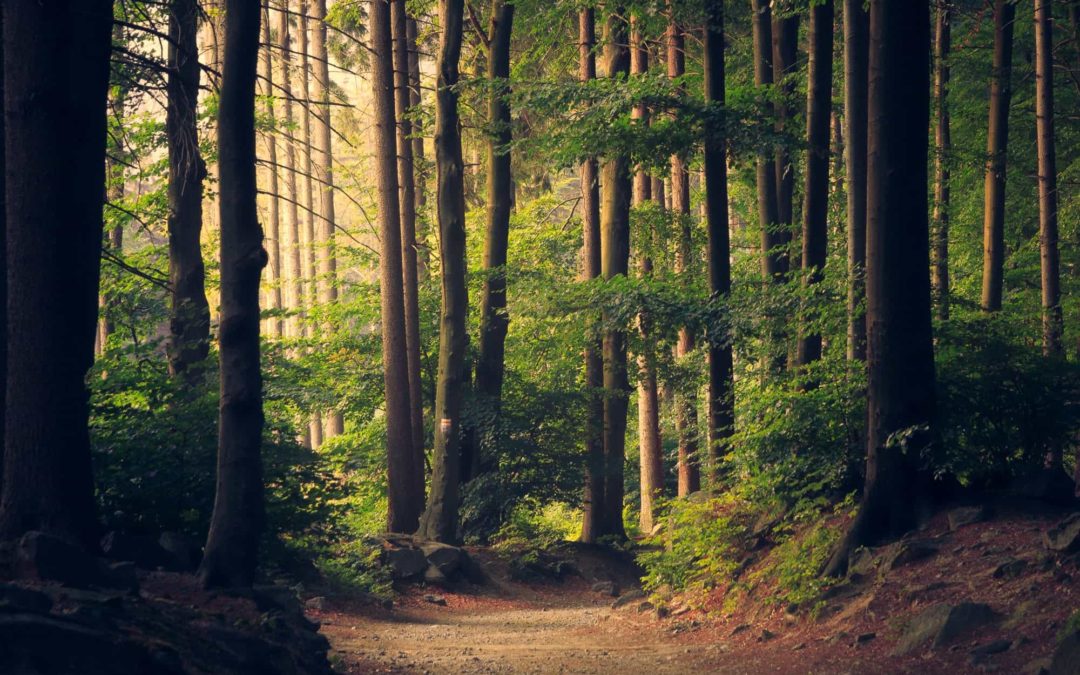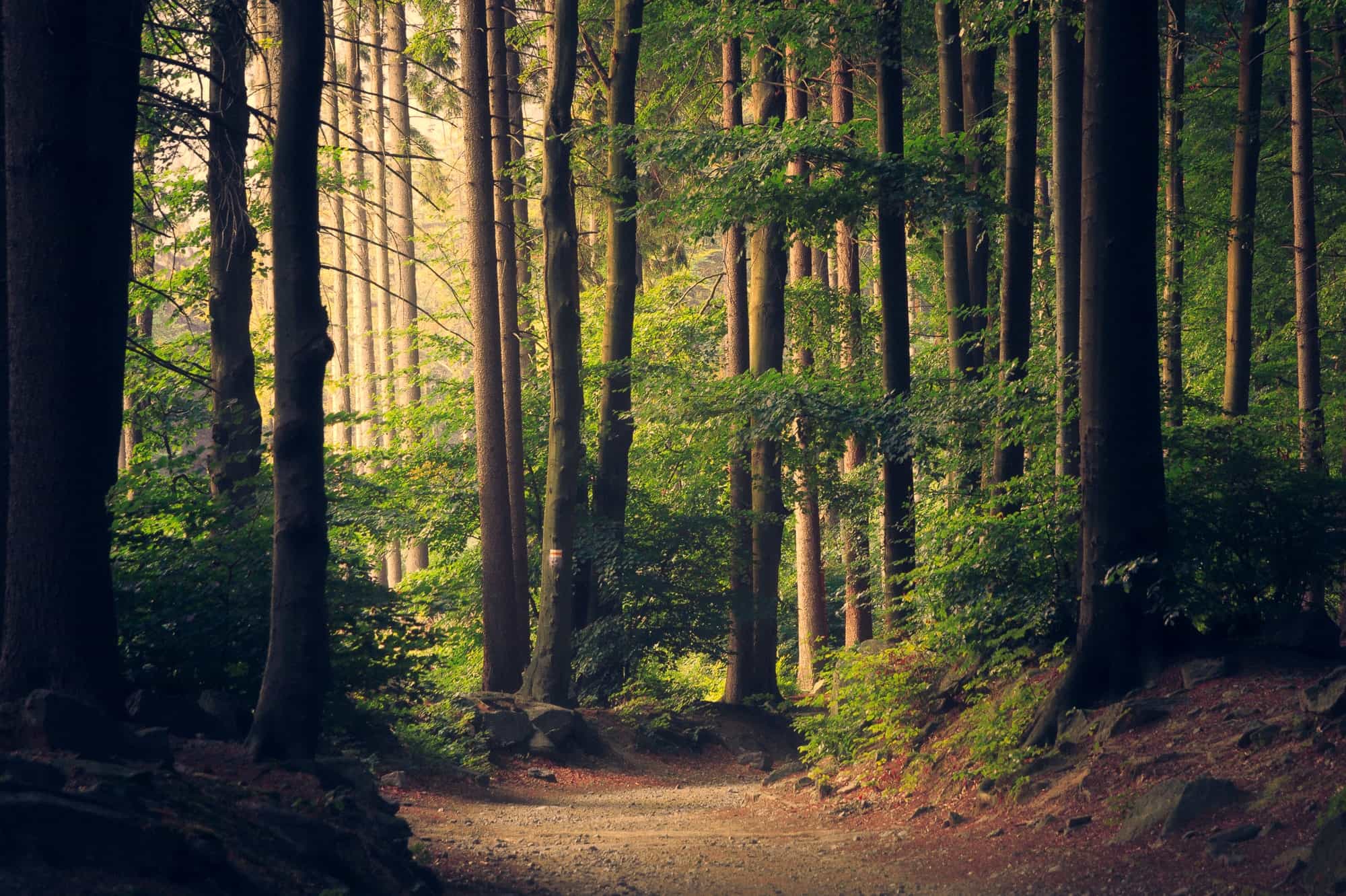
The earth is literally getting greener. Today, there are five percent more foliage than twenty years ago, and it is primarily ambitious tree planting projects and intensive agriculture, mainly in China and India, that are behind the increase. This according to satellite data from NASA Earth Observatory.
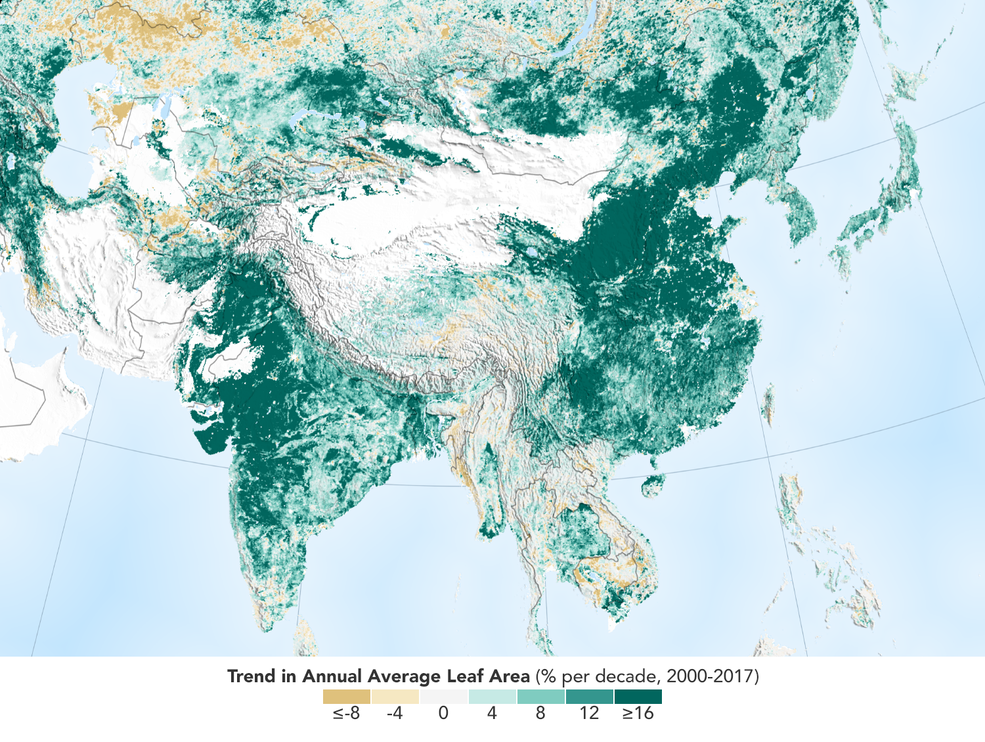
The green phenomenon was first discovered using satellite data in the mid-1990s by Ranga Myneni together with colleagues from Boston University. At that time it was not known that human activity was one of its main direct causes.
This new insight was made possible thanks to nearly 20 years of data collection from a NASA instrument orbiting the planet aboard two satellites. The instrument is called the Moderate Resolution Imaging Spectroradiometer, or MODIS, and its high-resolution data provides very accurate information. This helps researchers find out details about what happens to the Earth’s vegetation, down to 500 meters or about 1600 feet on the ground.
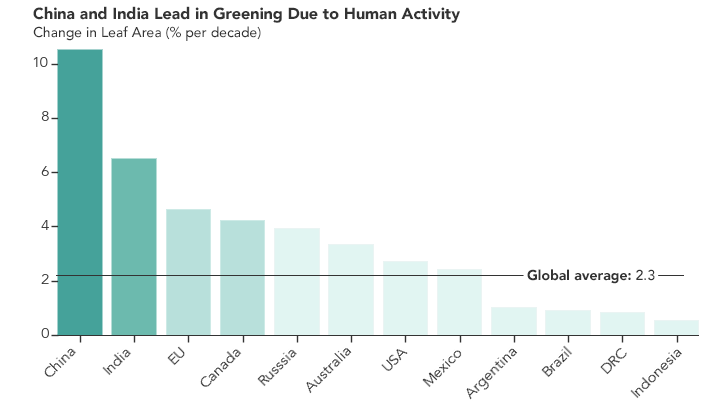
In total, the increase in leaf area over the past two decades corresponds to an area as large as the Amazon rainforest. There are now over two million square kilometers more green leaf area compared to the beginning of the 2000s. That is an increase of five percent.
So does this mean that all is good with the world’s forests? Not at all. There is still a huge need to protect forests, especially rainforests. But, it shows that with human intervention we can influence the earth’s vegetation in a positive direction.
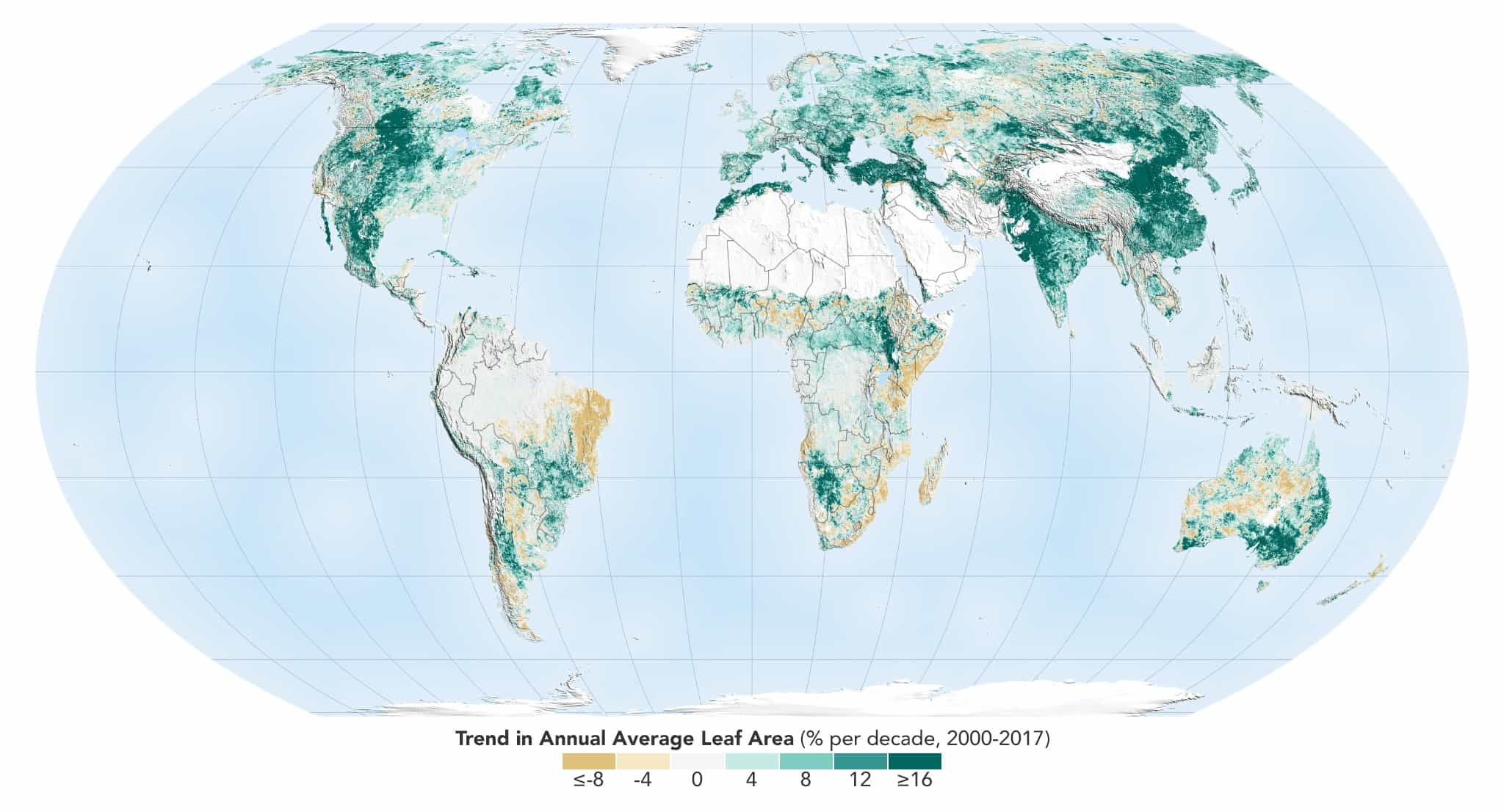
The green area has increased by an average of 2.3 percent per decade, with China (11%) and India (7%) at the forefront. But the EU (5%), Canada (4%), Russia (4%), Australia (3%), the United States (3%) and Mexico (2.5%) are all above average.

